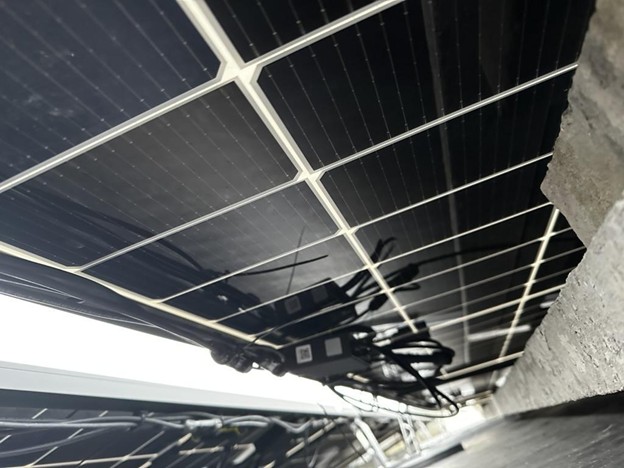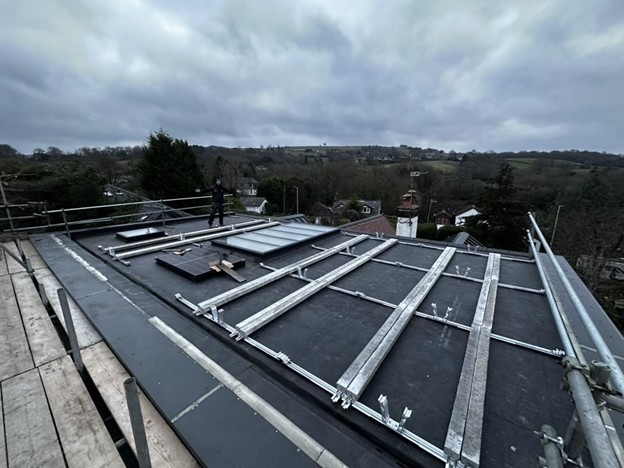In the solar industry, the choice between solar optimisers and microinverters is a critical decision that significantly impacts the efficiency and performance of your solar energy system. Both options vie for prominence, each with its set of advantages and considerations. In this blog post, we delve into the intricacies of solar optimisers to empower you with the knowledge needed to make an informed decision for your residential or commercial solar installation.
Understanding the Basics: Solar Optimisers vs. Microinverters
Before we explore the nuances of solar optimisers, it's essential to understand the fundamental difference between solar optimisers and microinverters. Solar optimisers are devices that operate at the individual panel level, ensuring each solar panel performs optimally even when some panels are shaded. On the other hand, microinverters are installed on each solar panel and convert the direct current (DC) produced by the panel into alternating current (AC) at the panel itself.
Efficiency in Every Ray: The Core Strength of Solar Optimisers
Solar optimisers, often regarded as the silent heroes of solar arrays, excel in ensuring optimal performance, particularly in the presence of shading. Operating at the individual panel level allows solar optimisers to mitigate the impact of shading on the entire system. This is a crucial advantage, especially in installations where shading from nearby structures, trees, or other obstructions is inevitable.
Microinverters, while effective in their own right, can face challenges in scenarios where shading occurs. Since they operate at the panel level, shading on one panel can significantly affect the overall performance of the entire system. This makes solar optimisers the go-to choice for installations where shading is a consideration.
Harmonising with the Sun's Cadence: Precision in Energy Production
The sun's intensity fluctuates throughout the day, creating a symphony of light and shadows. Solar optimisers showcase their prowess by fine-tuning the output of each panel, allowing them to gracefully adapt to the sun's rhythm. This precision ensures that energy production remains consistent, even during variations in sunlight intensity.
In contrast, microinverters, although flexible, may struggle to keep pace with the sun's cadence. This can lead to potential energy loss during times when the sun's intensity fluctuates. For those seeking a solar solution that aligns seamlessly with the dynamic nature of sunlight, solar optimisers emerge as the optimal choice.
Mastery in Maintenance: A Holistic View of System Performance
Like any technological marvel, solar arrays require maintenance to ensure optimal performance over time. Solar optimisers offer a distinct advantage with their centralised monitoring capabilities. This means that you can easily access a comprehensive view of your system's performance, allowing for efficient troubleshooting and timely maintenance.
On the other hand, microinverters, while resilient, may present challenges in pinpointing issues across the entire array. With solar optimisers, identifying and addressing potential problems becomes a streamlined process, ensuring that your solar installation remains in top-notch condition throughout its lifecycle.
Future-Proofing Your Investment: Scalability and Adaptability
The solar landscape is dynamic, with advancements and innovations continually shaping the industry. Solar optimisers stand out in terms of scalability and adaptability, allowing for the seamless expansion of your solar array. This scalability is a key factor for those looking to future-proof their investment, especially in a time when solar technology is rapidly evolving.
Microinverters, while effective, may limit your flexibility by confining you to a specific configuration. This lack of scalability can pose challenges if you plan to expand your solar installation in the future. Solar optimisers, with their modular and scalable design, provide the flexibility needed to adapt to changes in energy needs or emerging technologies.
In Conclusion: A Clear Winner in the Solar Technology Arena
In the celestial clash between solar optimisers and microinverters, the dust settles, revealing a clear victor. Solar optimisers, with their efficiency, adaptability, and low-maintenance attributes, gleam brightly in the constellation of solar technologies. Choosing solar optimisers is not merely a decision; it's a declaration of allegiance to a more efficient, reliable, and sustainable energy solution. As we navigate towards a greener future, the stars align, and solar optimisers stand tall as the guiding light in the cosmic expanse of solar innovation.
Take the Next Step: Contact the Archai Team
Ready to harness the full potential of solar optimisers for your residential or commercial installation? Contact the Archai team today to explore how solar optimisers can elevate the efficiency and performance of your solar energy system. Our experts are here to guide you through the process, ensuring that your solar investment aligns perfectly with your energy goals. Join us in shaping a sustainable and energy-efficient future with Archai solar optimisers.
.png)




.png)




.png)




.png)






Solar optimisers have become one of the most important innovations in solar PV. They promise higher efficiency, improved safety, and smarter control. But do they work as advertised?

At ArchaiPower, we believe solar technology should not just produce energy—it should do so intelligently. Solar optimisers are key to making your system work smarter, rather than harder. Here’s why adding optimisers is one of the most effective upgrades for any solar installation.

Maximum Power Point Tracking (MPPT) ensures solar panels deliver peak performance in all conditions by constantly adjusting to sunlight, shading, and temperature. When paired with Archai optimisers, MPPT maximises efficiency, improves ROI, and guarantees reliable energy generation — even on shaded UK rooftops.